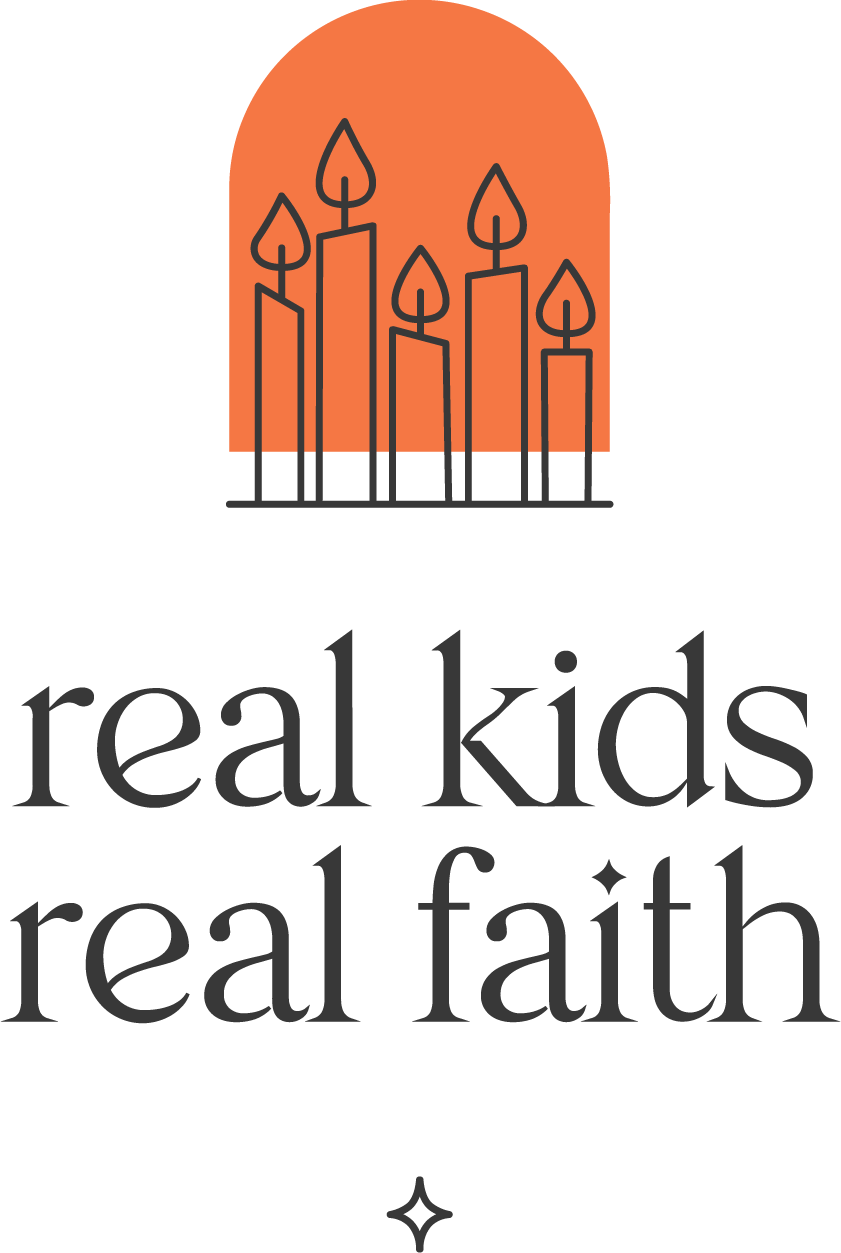Ask children how they learn, and there’s a good chance they will respond by repeating something they’ve heard a parent or teacher say about their ‘learning style’. Numerous books, articles, teaching training in-service workshops, and parenting resources provide adults with oversimplified explanations for thinking and engaging new ideas. Then we pass these concepts on to kids, who often adopt them without question. And this, say educational psychologists, is how learning myths develop and potentially inhibit children’s development.
Take, for example, the popular idea that some people are left-brain (analytic) thinkers and others right-brain (creative) thinkers. Brain images show that thinking is actually integrated across brain hemispheres rather than specialized on either side. While certain regions of the brain make significant contributions to specific functions, they do not work alone. They connect with other regions – including those on the other side of the brain. Researchers have not found separate centers for creativity or analysis. Rather, any child (or adult) can learn to be more analytical or creative through practicing those approaches. Encouraging children to see themselves as capable of all kinds of learning bolsters diverse skills.
Another prevalent myth taught to children is that of ‘learning styles’. This involves categorizing kids based on assumptions about how their brains are wired for learning. More athletic children are presumed to be kinesthetic learners, whereas artsy kids are visual learners, and kids who like math are analytical learners. However, there is no biological evidence that interests and activities are tied to specific learning paths. There’s also no evidence that children learn better when instructed in a preferred mode. Instead, kids learn best when they have opportunities to engage concepts and experiences in multiple ways. So offer a variety of ways to encounter and process ideas to all children, which supports deeper engagement and retention.
Many children also believe that learning is primarily about filling their brains with pieces of information. Standardized tests and rote memorization tasks reinforce this idea. It’s certainly true that gathering data is part of the learning process. However, gaining knowledge is more about making connections than collecting info. Adults can help kids move from a learning model that sees the brain as a huge filing cabinet to a sense of their mind as a bunch of sticky Velcro loops where new information latches on to previously learned material. Offering activities like concept mapping, knowledge timelines, and learning diagrams helps children recognize ways new knowledge intersects and elaborates on older material.
Adults also reinforce another problematic myth: that certain kinds of learning come ‘naturally’ to some kids and not to others. Researchers have found that parents and teachers often value and praise innate talent over hard work. Yet the ability to stick with a difficult problem and puzzle it out is a better predictor of later knowledge than simple talent. Perseverance and practice help a child learn. Parents, caregivers, and teachers can support such learning by acknowledging kids’ efforts as well as their innate abilities and accomplishments.

Comments